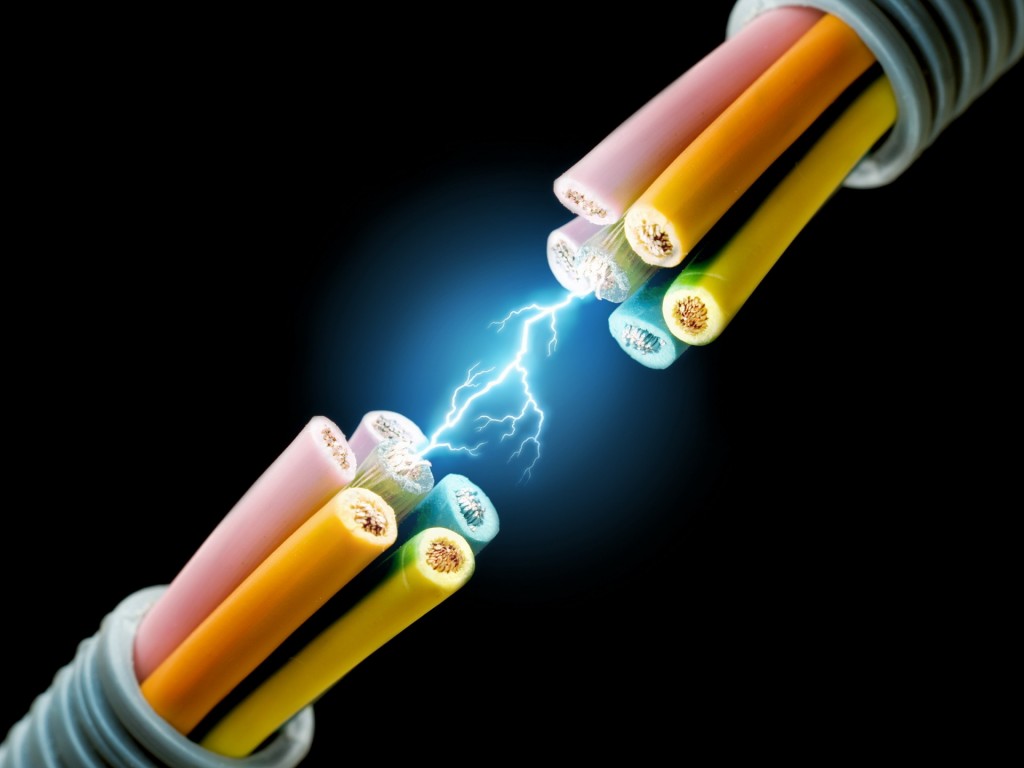Free shipping on orders over £50
TradeHURRY! SPRING SALE Now On! Get 10% Off Using Code KEEP10! Plus FREE SHIPPING On All Orders Over £50!
Here’s ‘Watt’ You Need To Know About LED Light Bulbs
 Whenever you go to buy any kind of light bulb, the number of watts that the bulb uses is usually the first thing you look at, as an indicator of how bright it is.
Whenever you go to buy any kind of light bulb, the number of watts that the bulb uses is usually the first thing you look at, as an indicator of how bright it is.
Everyone does this...but it’s also wrong too.
Whether you’re buying a 60 watt halogen or a 100 watt halogen, understanding what these numbers mean is vital to choosing the correct lighting.
However, energy saving, low wattage LED bulbs are changing the way we think about watts. LED lights use so little electricity that making a direct comparison between the wattage of an LED and other types of bulbs is quite difficult.
Contrary to what many people think, watts aren’t a measure of brightness at all. Instead, it is a measure of the rate of energy conversion, derived from the name of the 18th century engineer and inventor of the steam engine, James Watt.
As a result of the way we think and perceive watts, there is a common misconception about LED lights, in that because they have such a low wattage, they aren’t that bright. On average, LEDs use around 90% less energy than their halogen counterparts.
The claim that LEDs aren’t as bright is far from the truth.
The average LED light bulb is actually a lot brighter than most conventional bulbs. The problem arises because we measure everything in watts, and that can be misleading.
This is why we use what is called an “equivalent incandescent wattage” to help illustrate both the effectiveness and green credentials of LED lights.
So, for example, our 3.3W 80 SMD GU10 LED spotlight is equivalent to a 50W incandescent in terms of brightness. This information will always be in the product specification and in the top left hand corner of our product images too.
Let’s see how much of a difference this makes to your bills. We’ll assume that the bulb is on for an average of 8 hours per day. Over the course of a year, this works out to 2,912 hours.
An energy consumption of 50W gives you an annual energy usage of 145,600W on the single bulb. Dividing this by 1000 gives us 154.6kWh. The average price of energy is 14.9p per kWh – so multiplying these 2 numbers gives us a grand total of £21.69 for the year.
Now let’s do the same for the equivalent LED bulb, which has a consumption of 3.3W. Annual usage at 8 hours per day becomes 9609.6W, giving us 9.6096kWh. Thus the cost of this for the year is £1.43 – a difference of £20.26!
This highlights how inaccurate wattage is as an indicator of the performance of a light bulb.
The wattage is dependent on a few other variables too, including voltage and current, but as mentioned earlier, people incorrectly prefer to use it as a rough estimate of a bulbs brightness.
What we should be using instead is lumens. The best thing about lumens is that it is a universal standard across all manufacturers and models – giving you something concrete against which you can compare different bulbs.
If you can see that a bulb achieves more lumens per watt, then you’re onto a winner.
If you have any more questions about wattages, lumens, or anything else to do with LED lights, then please don’t hesitate to give our friendly customer services team a call on 0116 321 4120, or by emailing us at cs@wled.co.uk.
Give us a like on Facebook too, or if you’d rather, send us a tweet @WLEDLightsUK, and keep up to date with all our latest products and offers.






 Search
Search



1 Comment